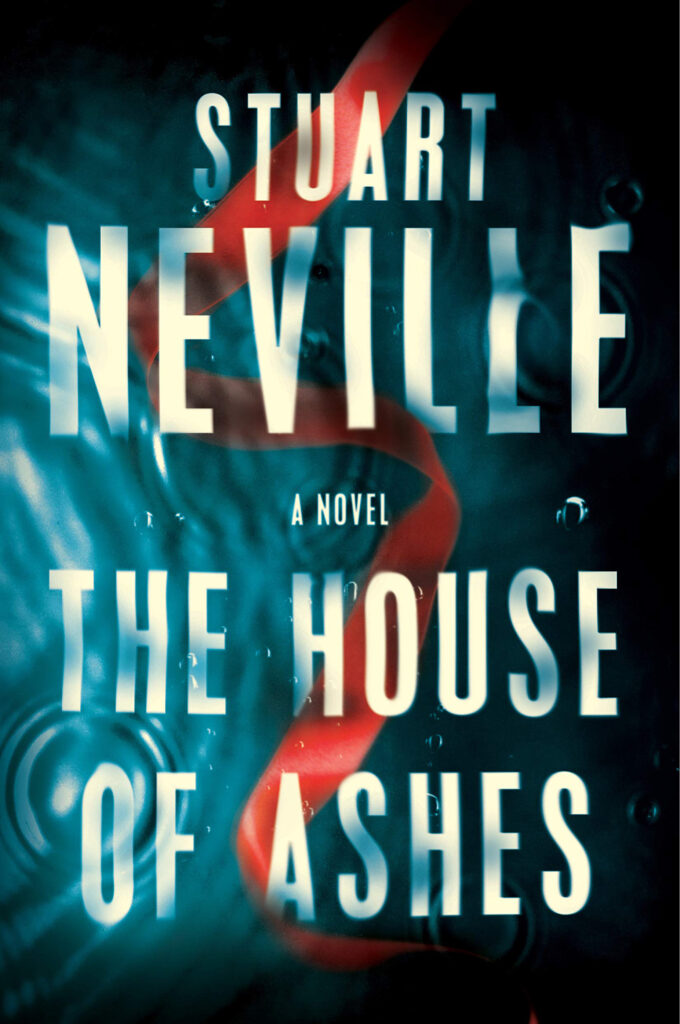Stuart Neville, House of Ashes (2021)
Review by Lee Horsley
The House of Ashes is a stunning novel, brutal, disturbing and completely riveting. It’s a crime novel but also a deeply affecting ghost story, the ghosts of children appearing to those who can see them, shadowy witnesses to the violence suffered:
“A deeper darkness took her for some time, her slumber haunted by broken dreams of broken children between walls and beneath floors…She saw a small boy, ragged clothes and bare feet, standing in the doorway to the kitchen. But she didn’t see him. Not really. He was no more than a folding of shadows, an impression of a boy, a confluence of light and darkness.”
Neville alternates between two intertwined narratives. In our own time, there is the story of a young Englishwomen, Sara Keane, brought to live in a remote farmhouse in the North of Ireland, kept virtually a prisoner there by her domineering husband. The second narrative is that of Mary, an old woman who brings with her the life of the farmhouse half a century ago – hammering on the door one morning, demanding to know why Sara is living there: “’Who are you?’ the woman asked. ‘Why are you in my house?…Where are the children? They need me. Where are they?’”
In both narratives, ‘the House of Ashes’ is dominated by the corrupt, implacable cruelty of men used to holding sway. The fearful, often hopeless struggle of the women they brutalise is heartrendingly portrayed. Life-endangering female resistance to misogyny is a recurrent theme in contemporary crime fiction, but The House of Ashes is one of the most vivid, moving and memorable treatments it has received.
From the moment Sara comes to live in the Ashes she senses the echoes of its long-ago inhabitants – sometimes sinister and frightening, like the bloodstain on the floor that keeps reappearing no matter how often she scrubs it out. Defying her husband’s wishes, she seeks Mary out, hoping to learn more about the events that seem to haunt the house. As Mary comes to trust Sara, she gives her glimpses of the life she had there as a girl, the harsh reality of past events that mysteriously seem to intersect with the troubled, often violent nature of Sara’s relationship with her husband. Mary reflects,
“When I think about it now, I wonder, was that place always bad. Was the wickedness in the soil? Maybe it had always been there, even before the house. Maybe the wickedness seeped up through the soil, like the water did through the floorboards, and maybe it spread its wickedness to them men.”
In Neville’s excellent debut novel, The Twelve (2009; published in the US asThe Ghosts of Belfast), the protagonist, a former contract killer, is followed by the silent ghosts of those he has killed, urging him towards reprisal on their behalf. The child ghosts of The House of Ashes are a less vengeful, more purely innocent reminder of the terrible cost of a violent inheritance – of patterns of cruelty that come to seem the natural way of things. The unflinching brutality of Neville’s world is part of a moving and compassionate vision of the kind of courage it takes to resist “the wickedness that seeps up through the soil”.


